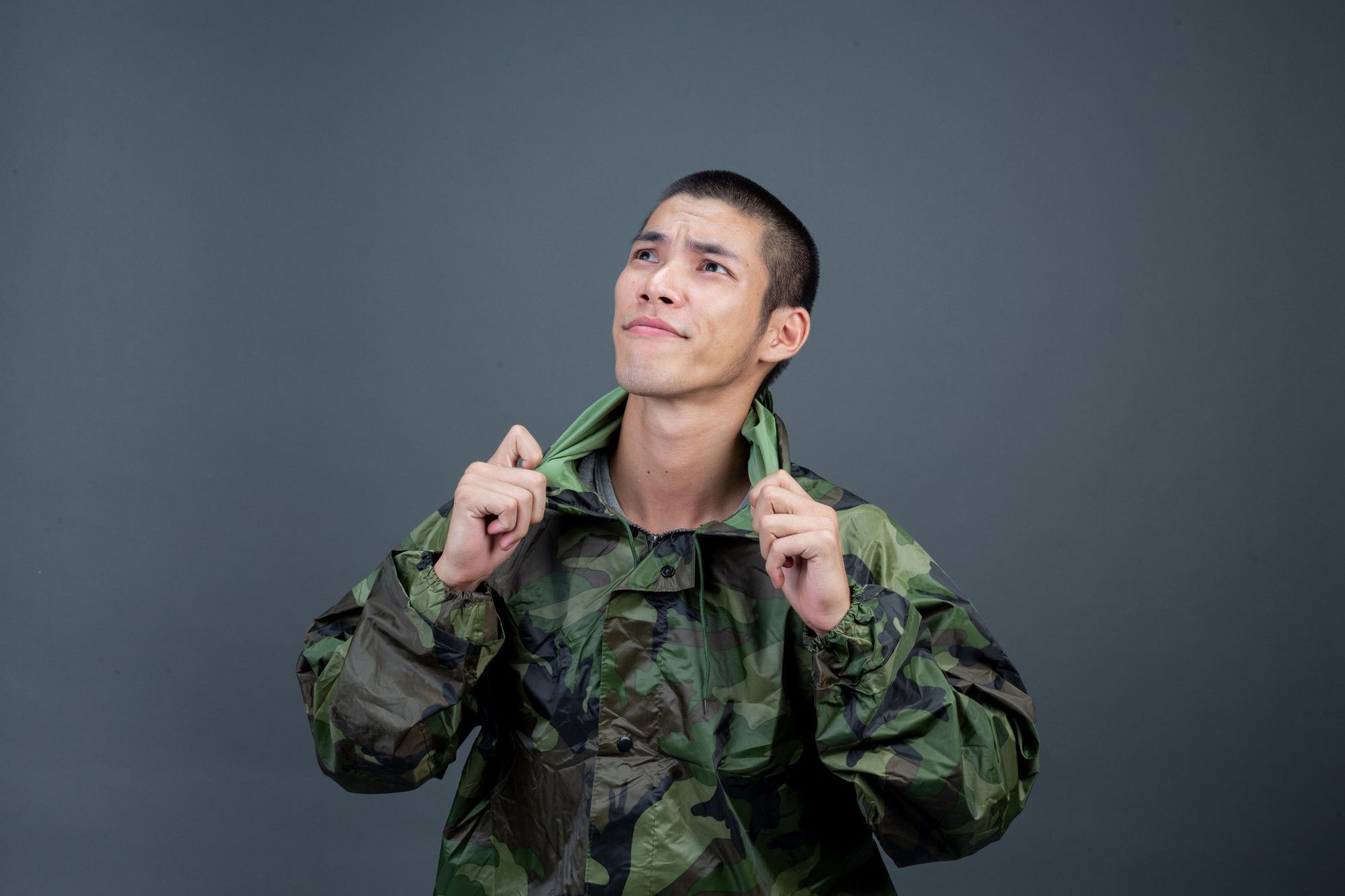Bomber jackets are a popular style choice season after season, but they have prominent roots in American history as well. Beginning in the early 20th century, U.S. military fighter pilots have worn variations of the bomber to keep them warm in high altitudes and serve unique survival functions. Let’s dive deeper into the top three most iconic bomber jacket styles in military history.
The MA-1 bomber jacket, which was introduced to the US Air Force in the 1950s, was an iconic jacket for the Jet Age and remains a classic over 60 years later. Designed for pilots, it can withstand extremely cold climates, with temperatures as low as -5 degrees Celsius.

THE CWU-45/P
The US military bomber jacket received a major update with the CWU-45/P, which replaced the nylon that comprised the outer shell with a flame-resistant material called Nomex. It was built to withstand extremely cold temperatures as well (“CWU” stands for “cold weather uniform”).
The pockets also received an upgrade to keep their functionality but to discourage pilots from walking around with their hands in their pockets, so they were placed higher on the jacket with the opening at more of an angle. The new pockets also included a velcro closure to prevent FOD (foreign object damage).
The CWU-45/P bomber jacket and its warm-weather version, the CWU 36/P, serve as part of the current military flight uniform.
THE B-15
The B-15 Bomber Jacket first issued in 1944, was one of the nylon bomber jackets that replaced heavy leather jackets previously used by pilots.
The B-15 bomber jacket was issued to U.S. Army Air and U.S. Air Forces from 1940s to 1952. The B-15D was the last revision of the style. By the late 1940s the B-15´s mouton fur collar was found to interfere with new helmets issued to air crews flying advanced jet aircraft. The B-15 was modified by substituting a knit collar for the fur collar. Beginning in 1950, the B-15 was phased out and replaced by the MA-1 flight jacket.
Fun fact: the webbing on the left front chest was used by pilots to clip their oxygen masks during taxing.

.png)